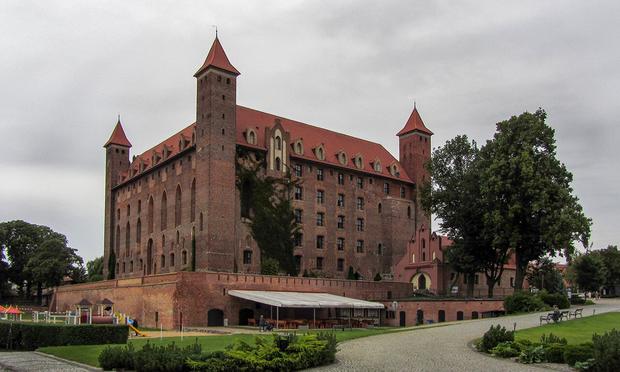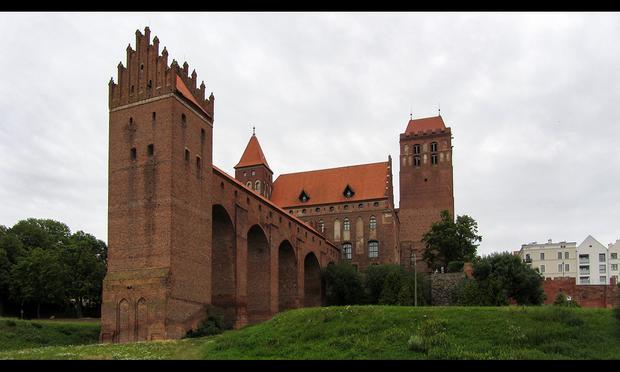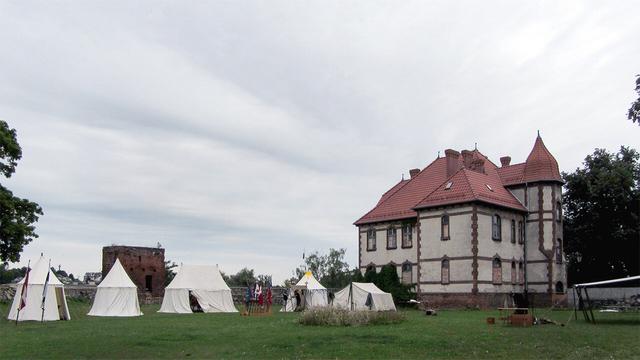The Castle of the Teutonic Order, Gniew, Poland
The Gniew Castle is the most powerful fortress of the Teutonic Order on the left bank of the Vistula, built at the turn of the 13th and 14th centuries as the seat of the convent and the commander. During the times of the Order, it was the main political and economic centre of the commandery. During the times of the Polish state (1466–1772), the castle was the seat of the starosts. The starosty of Gniew belonged to the Radziwiłłs, Zamojskis and Lubomirskis. From 1667, the starost of Gniew was the future king of Poland, Jan III Sobieski, and after him the castle was managed by his wife, Maria Kazimiera.
As a result of the First Partition of Poland in 1772, Gniew, together with Gdańsk Pomerania, found itself within the borders of the Prussian state. The Prussian government began a large-scale demolition or, at best, a thorough reconstruction of most of the former Teutonic castles. The Gniew Castle also shared this fate. Initially intended as barracks, but completely unsuited to this function, it found a new use as a granary at the beginning of the 19th century. The castle underwent another reconstruction in the 1850s. At that time, it was adapted to serve as a harsh Prussian prison for recidivists. In 1921, a large fire broke out in the castle in unexplained circumstances, completely destroying three of its wings. The reconstruction took place in two stages. The first, in the years 1968–1974, and the second, from 1992, lasting to this day.
Since 2010, the Castle Hill in Gniew has been in private hands. Today, it is a modern hotel, restaurant and conference complex, offering its guests royal accommodation, exquisite cuisine and an extraordinary business space.
#gniew #zamek #castle #polska #poland #history #architecture #architektura #gothicarchitecture #gothic #landscape #krzyzacy #zakon #teutonicorder #teutonicknights #knights #rycerze #walls #wall #mury #mur #defensivetower #defensivewall #wieza #tower #towers














